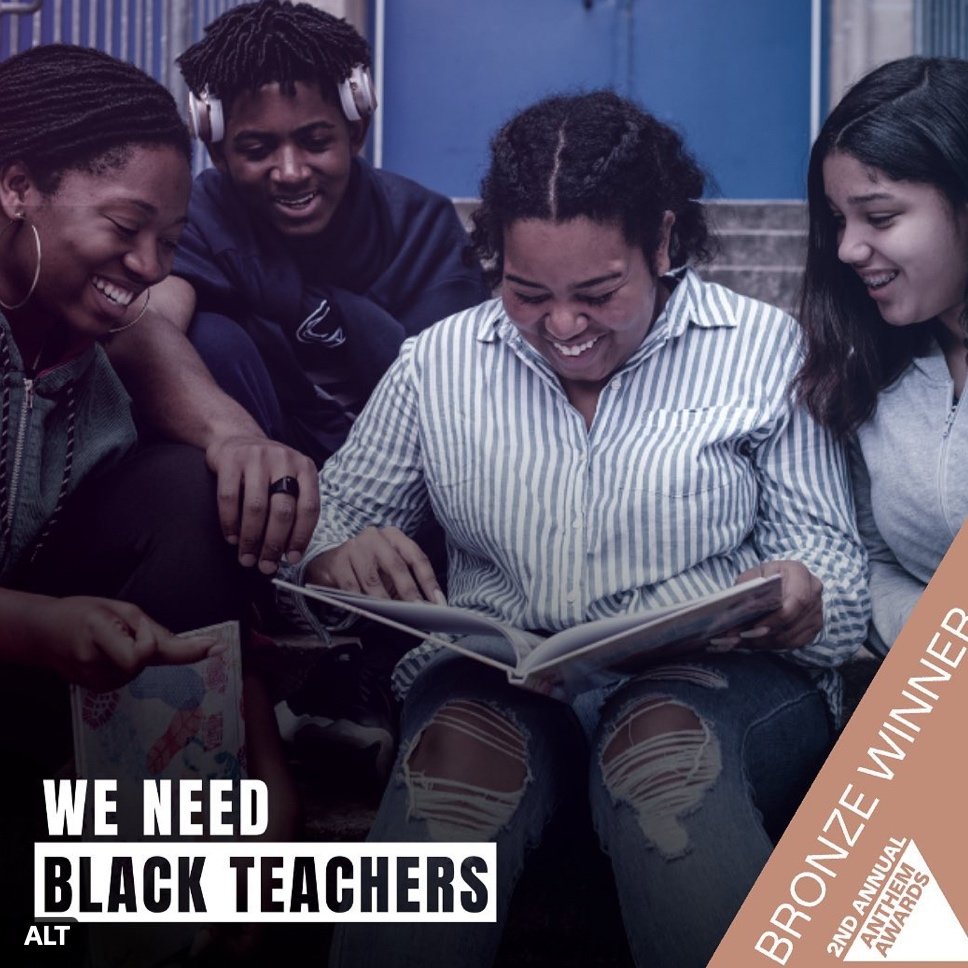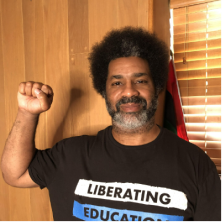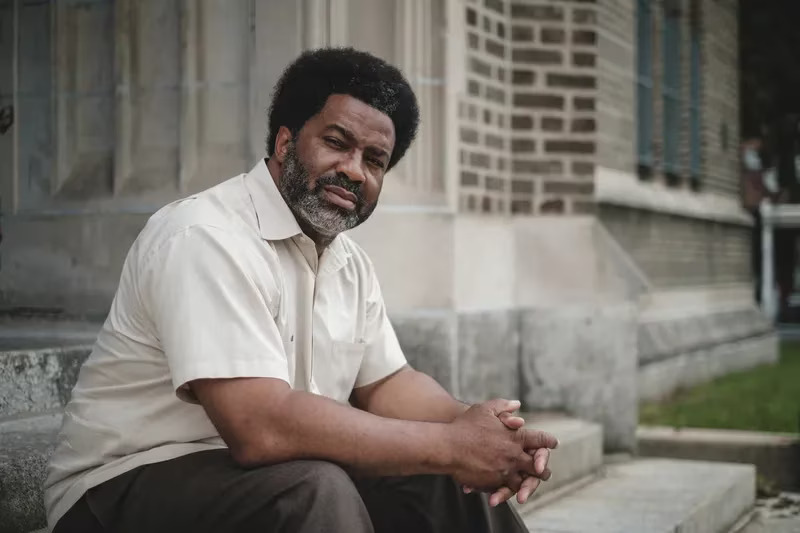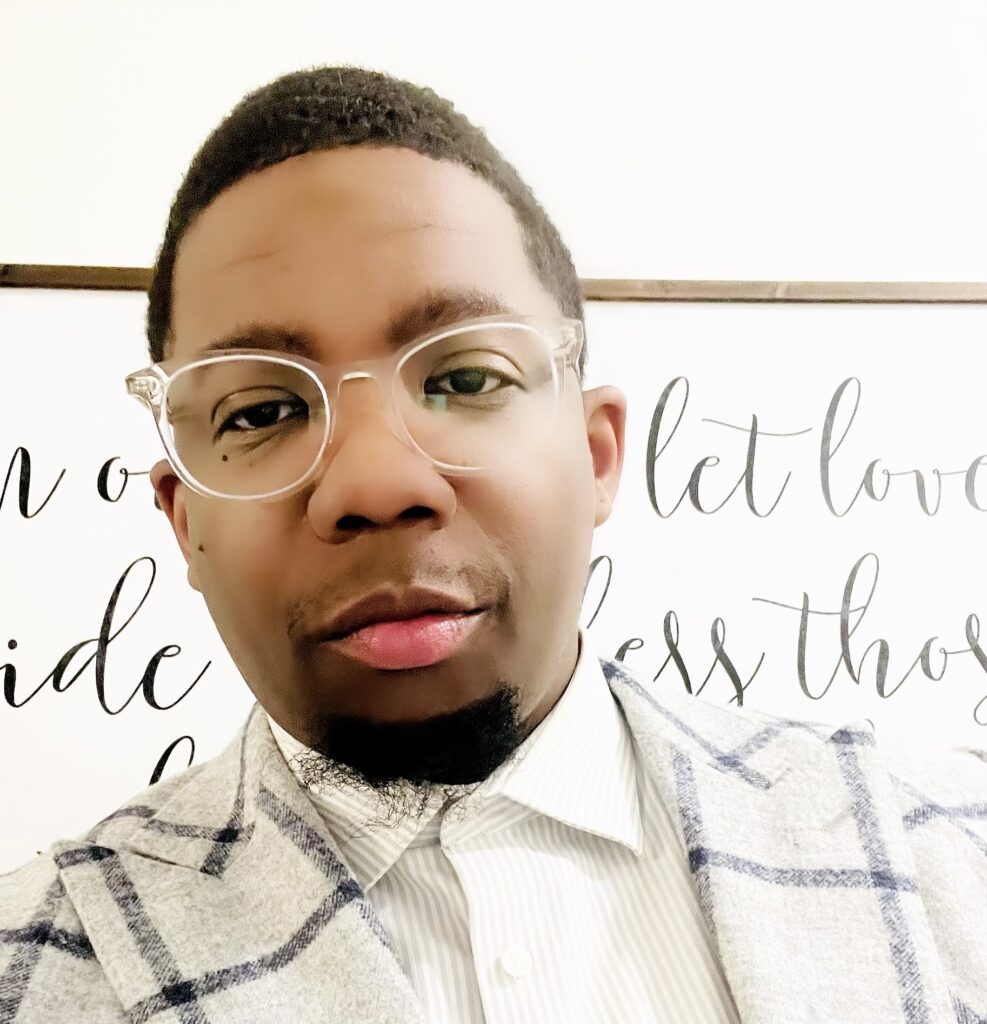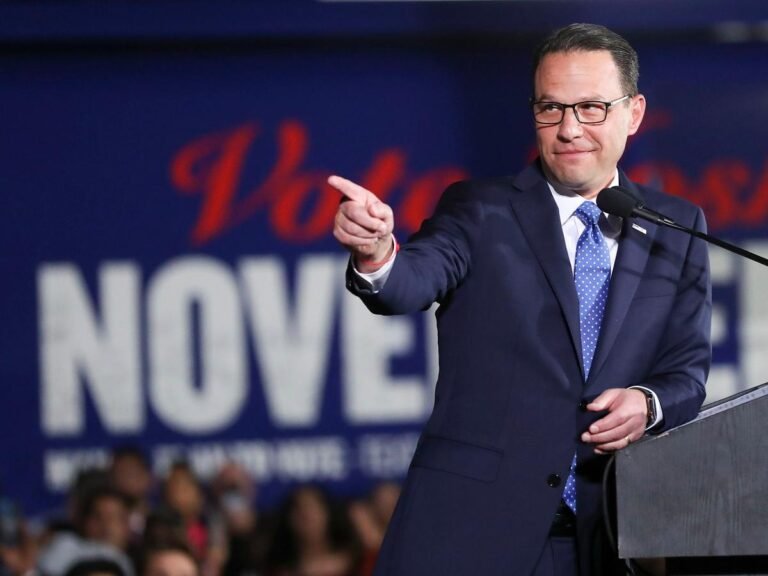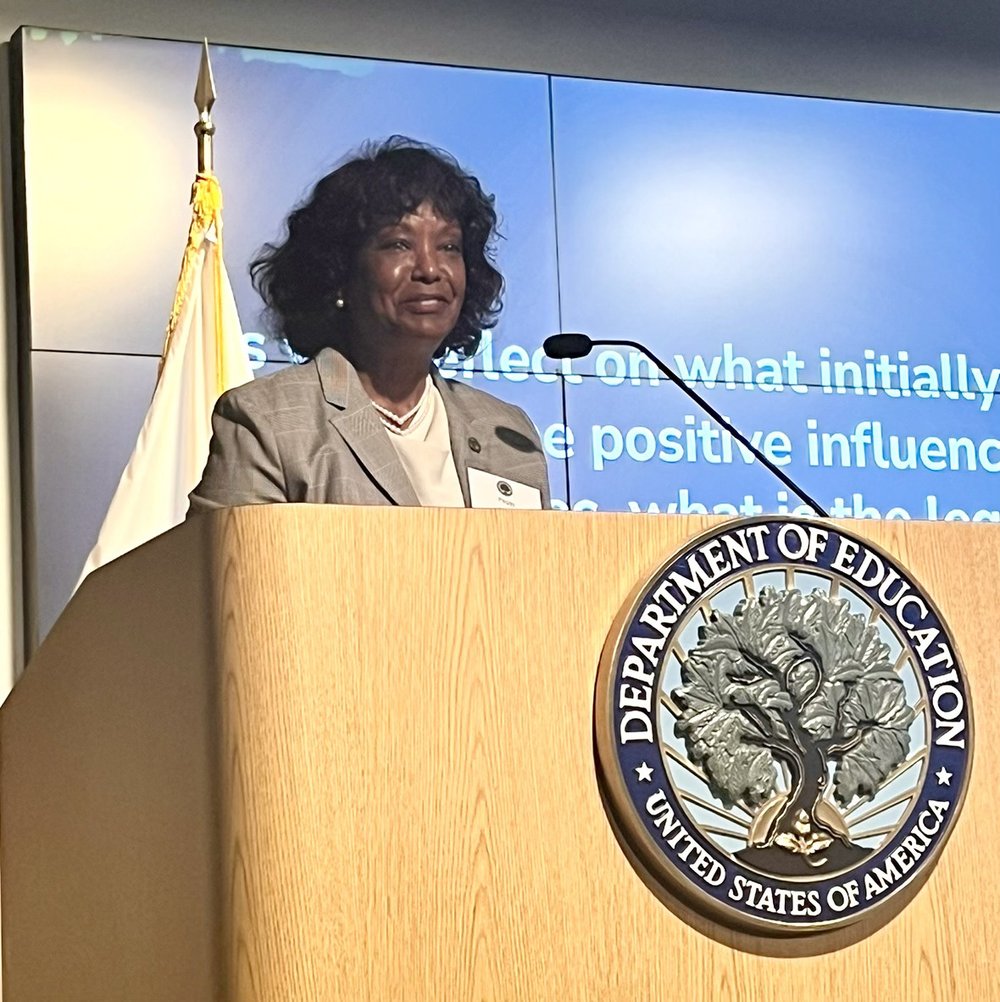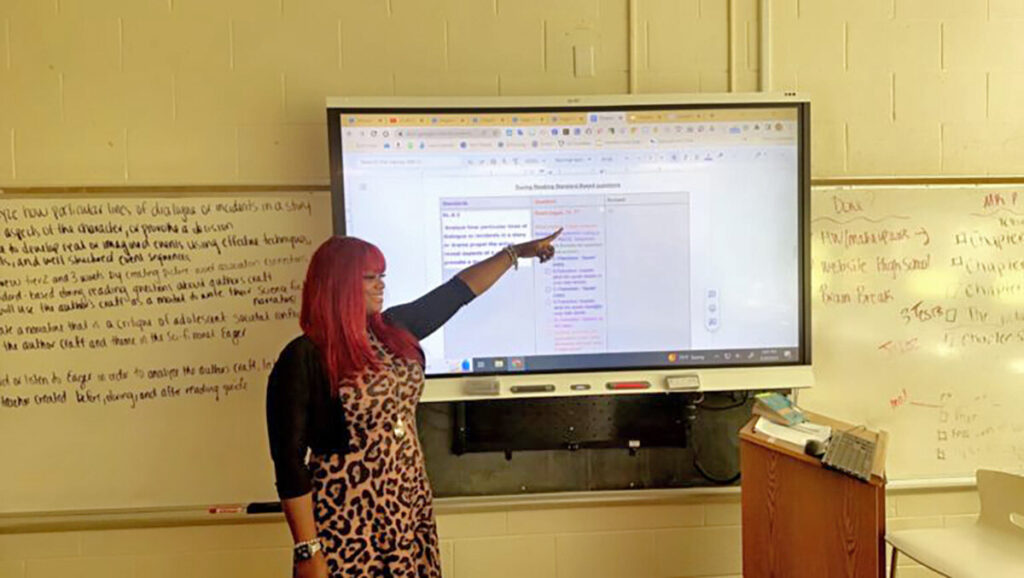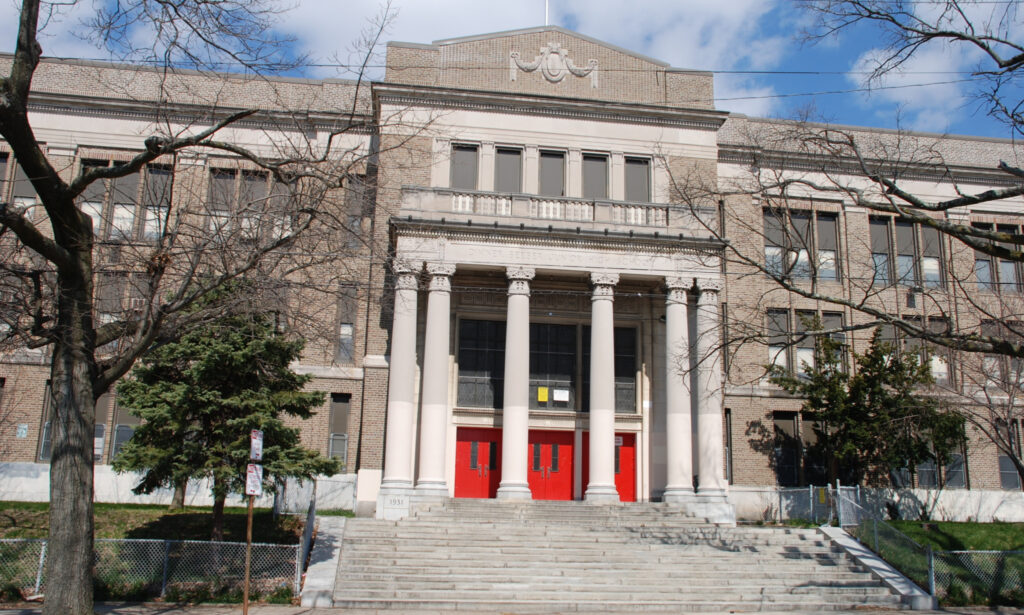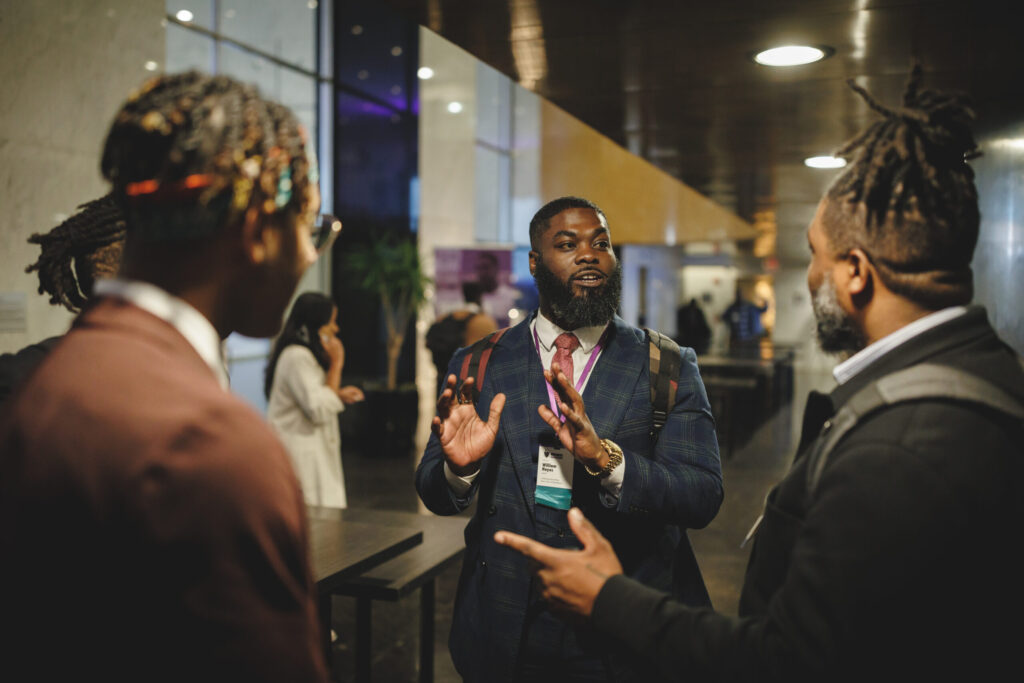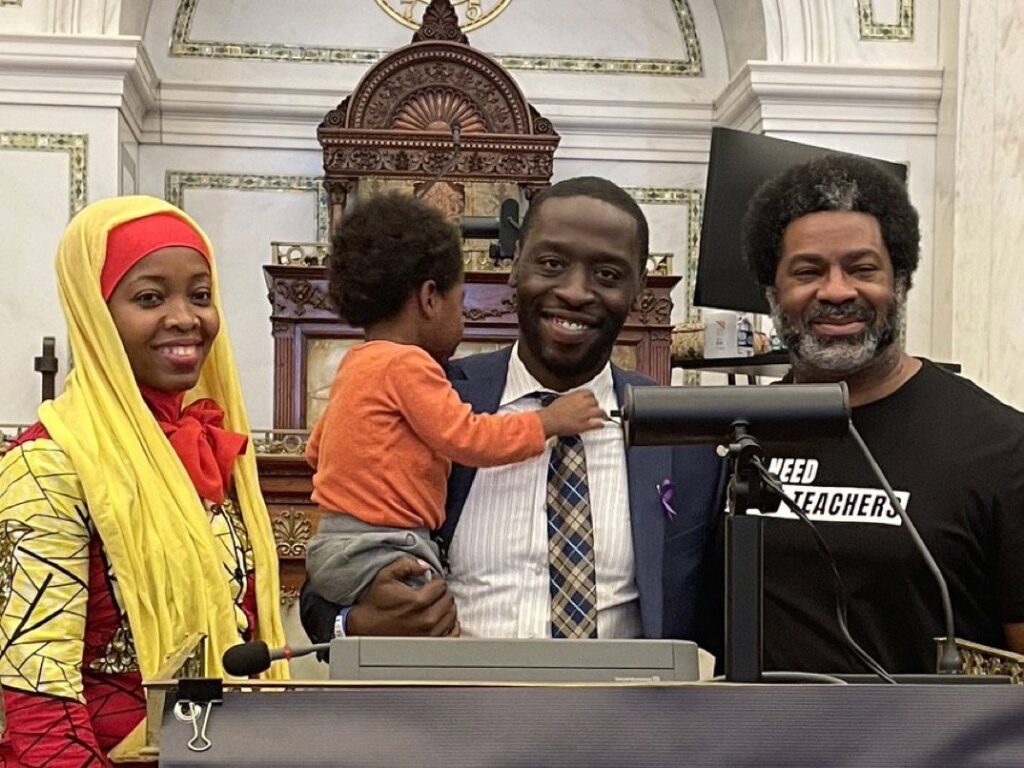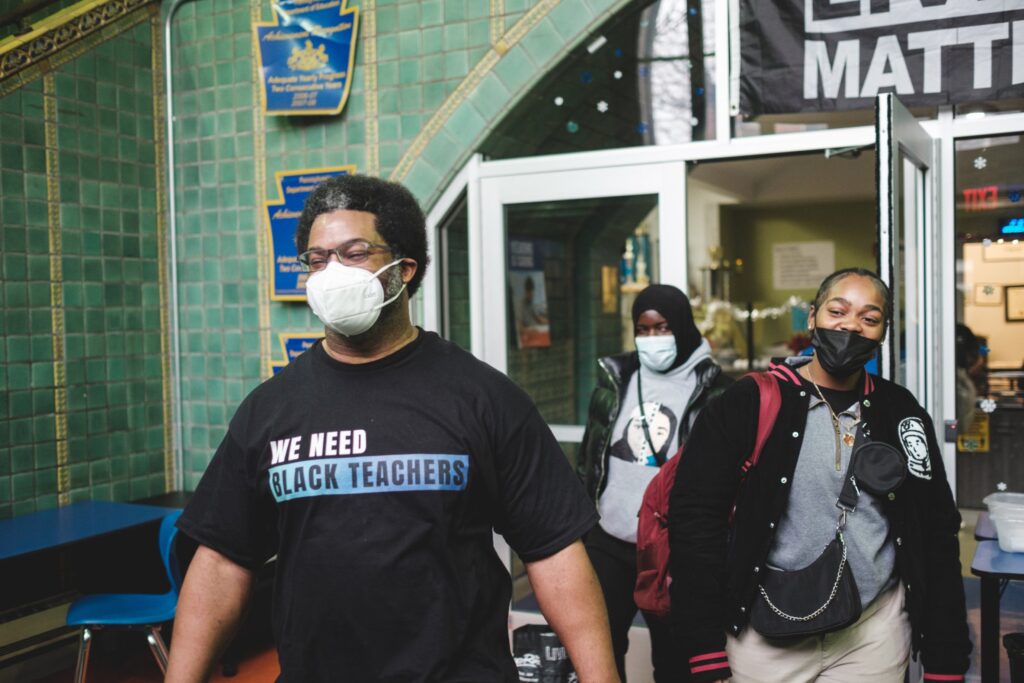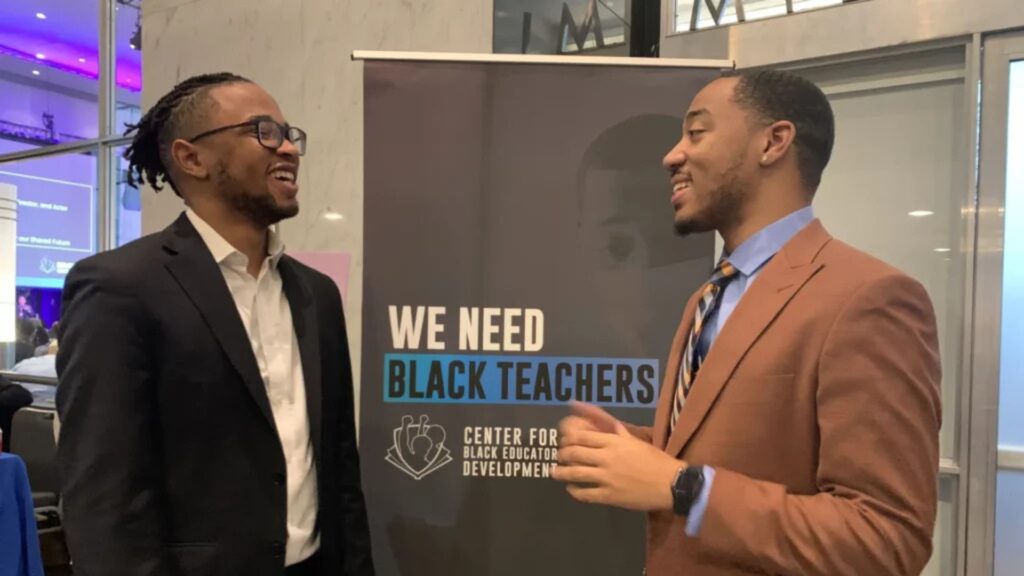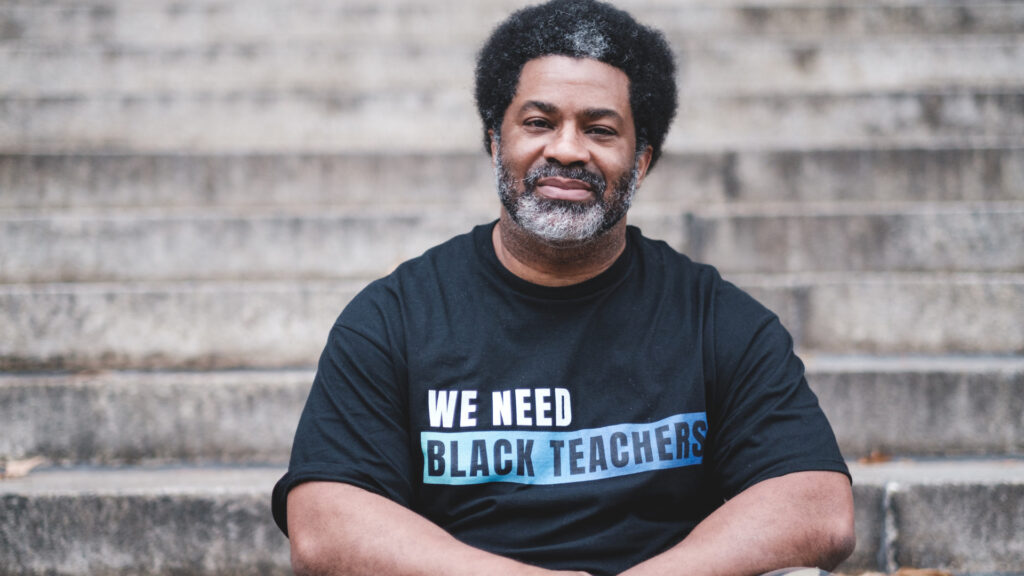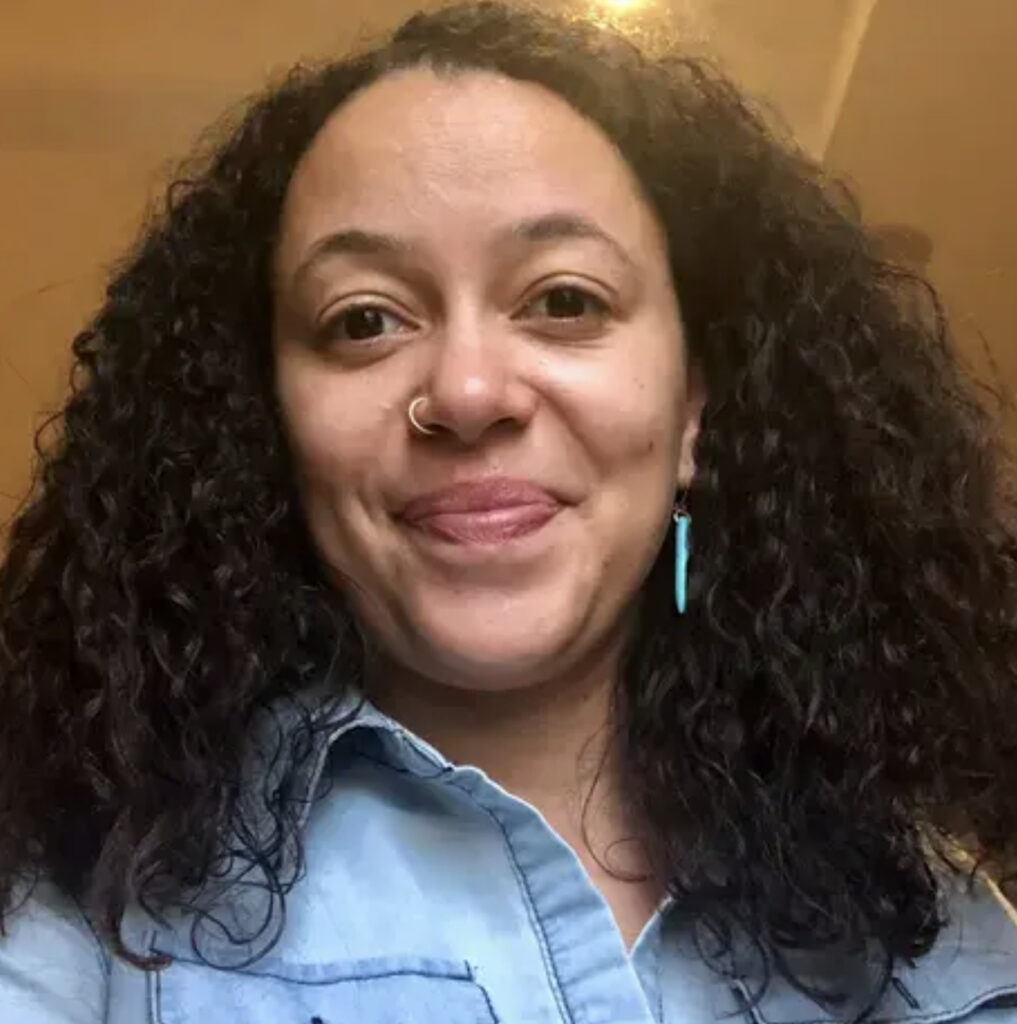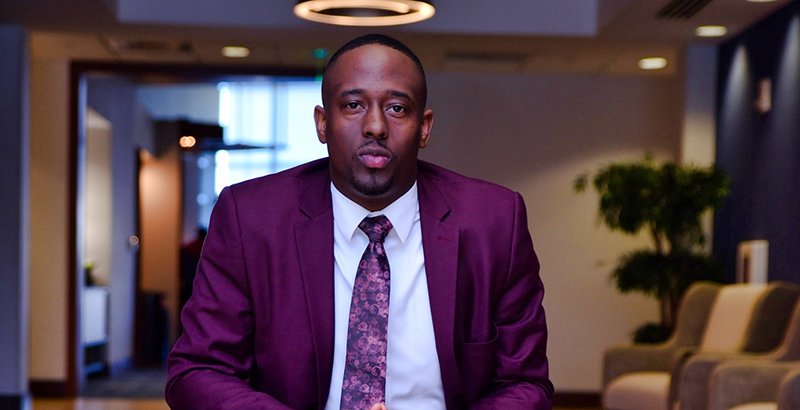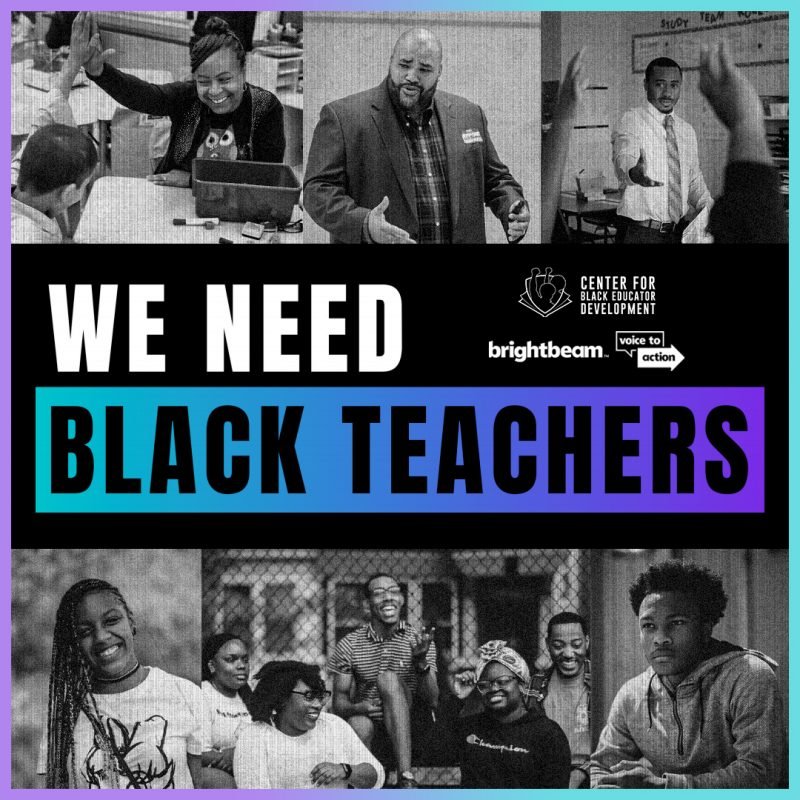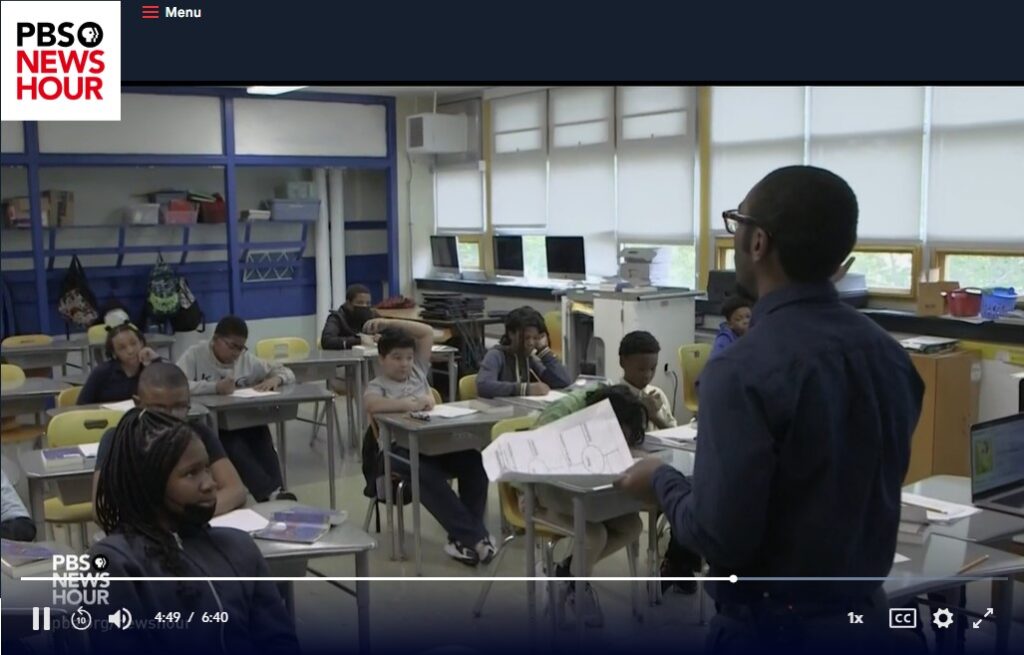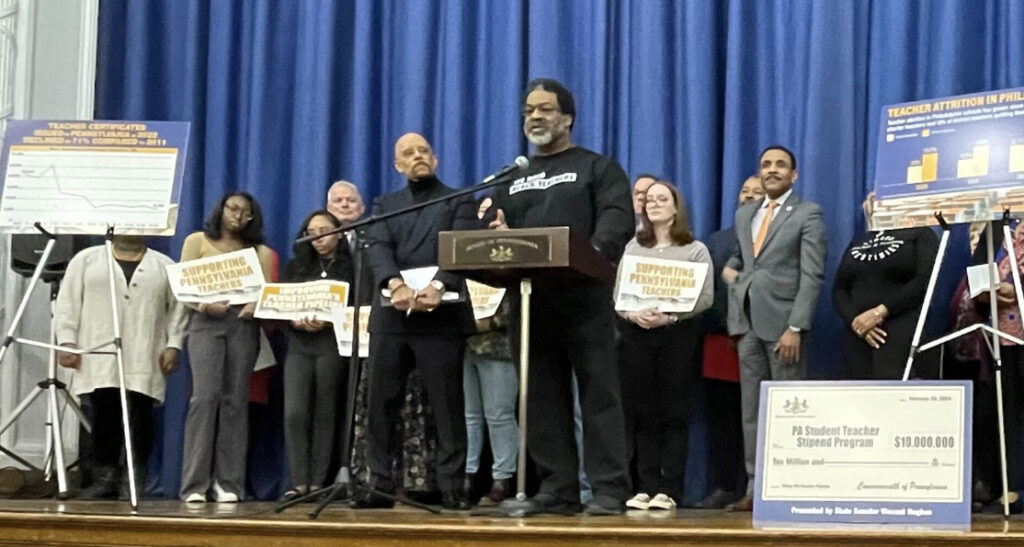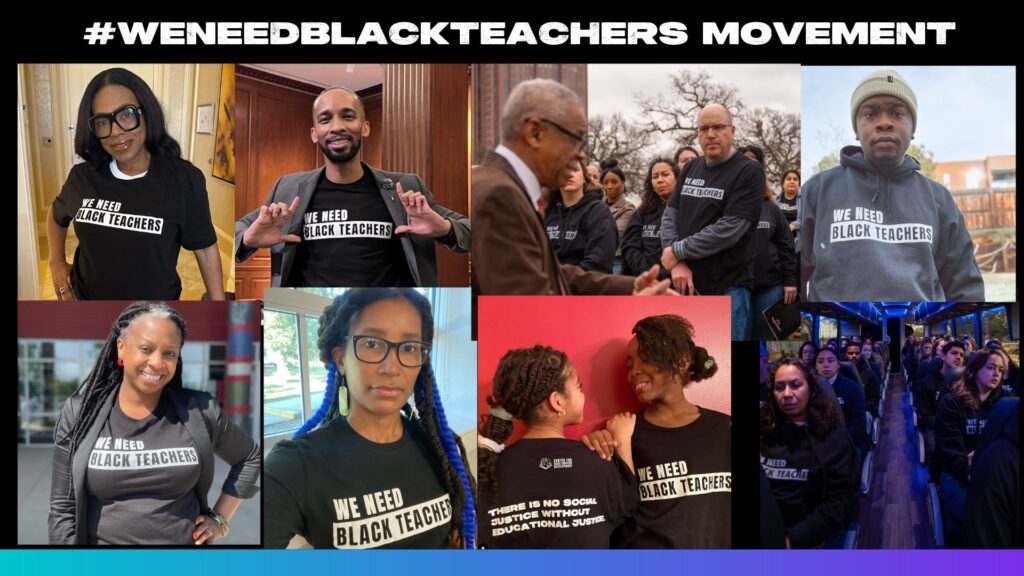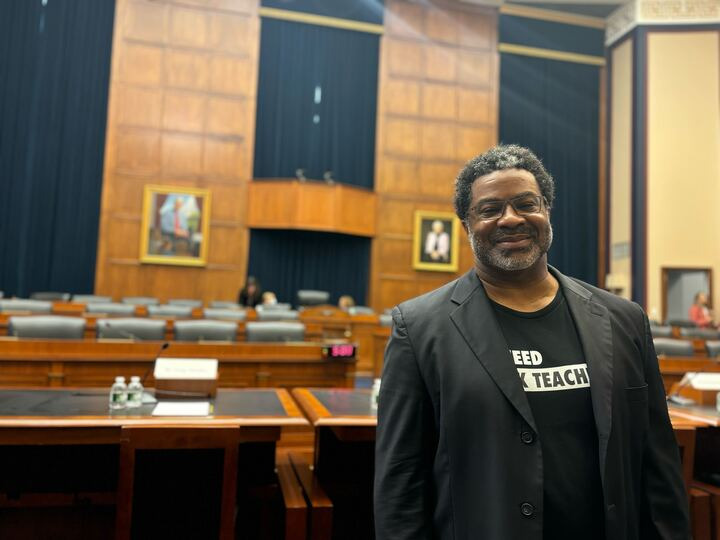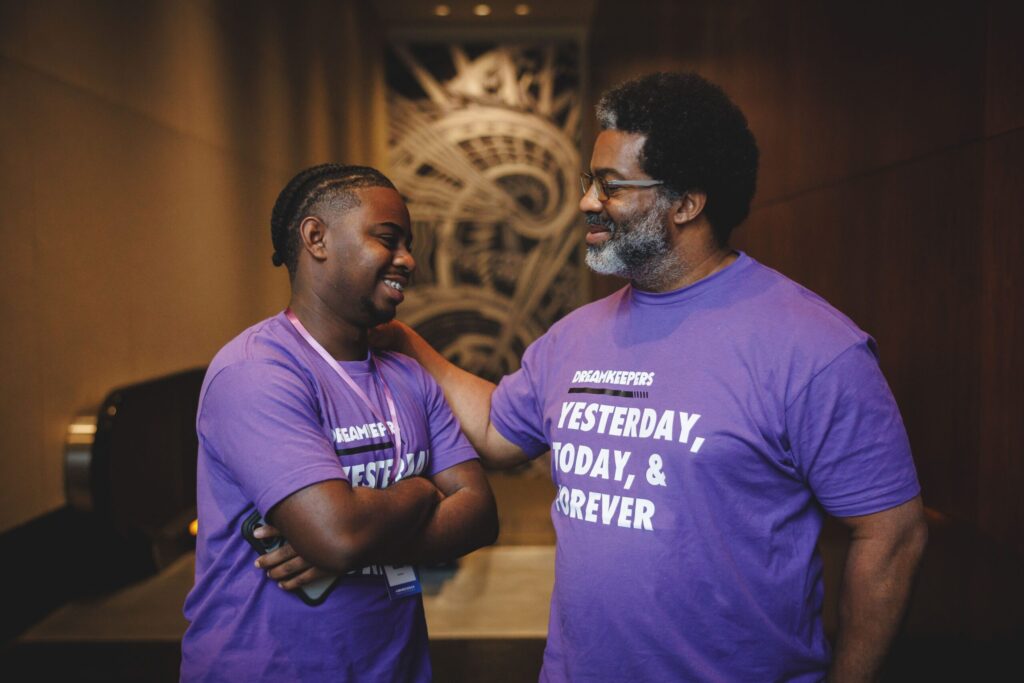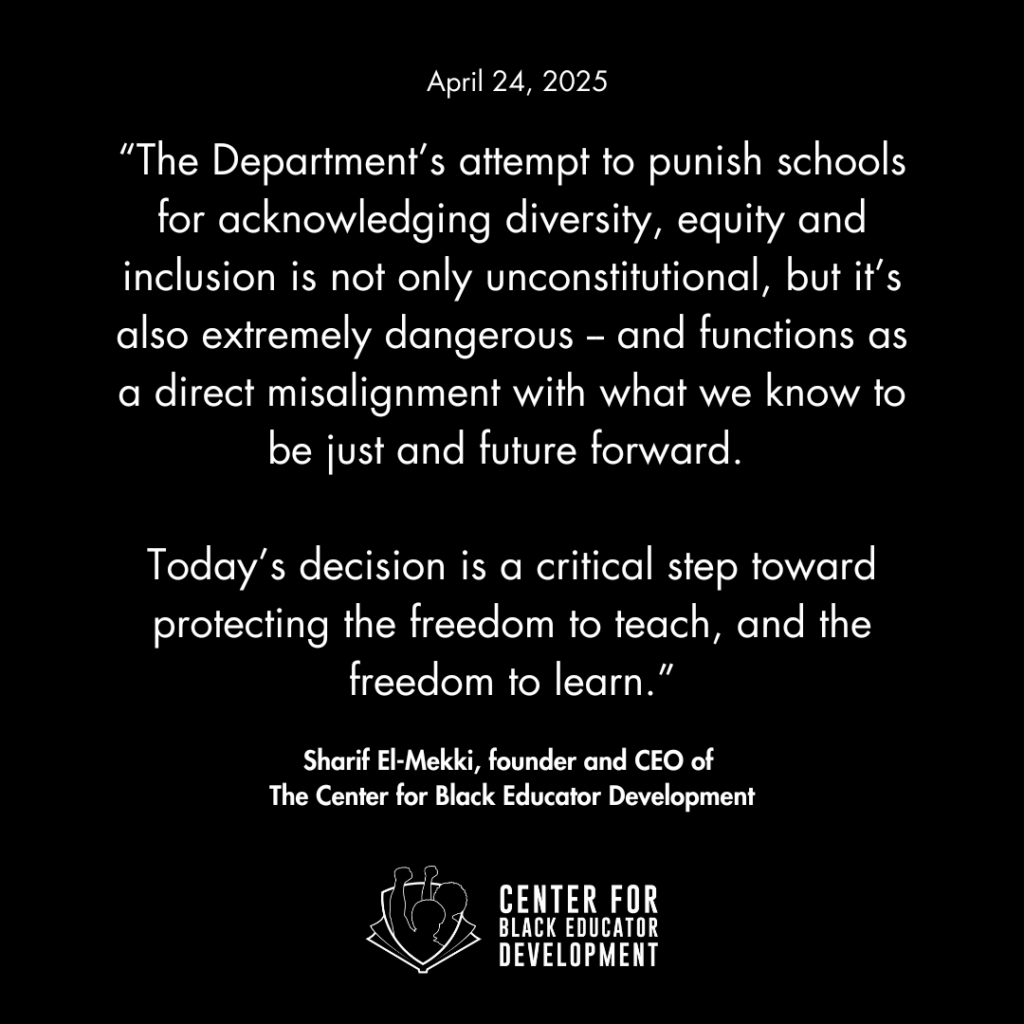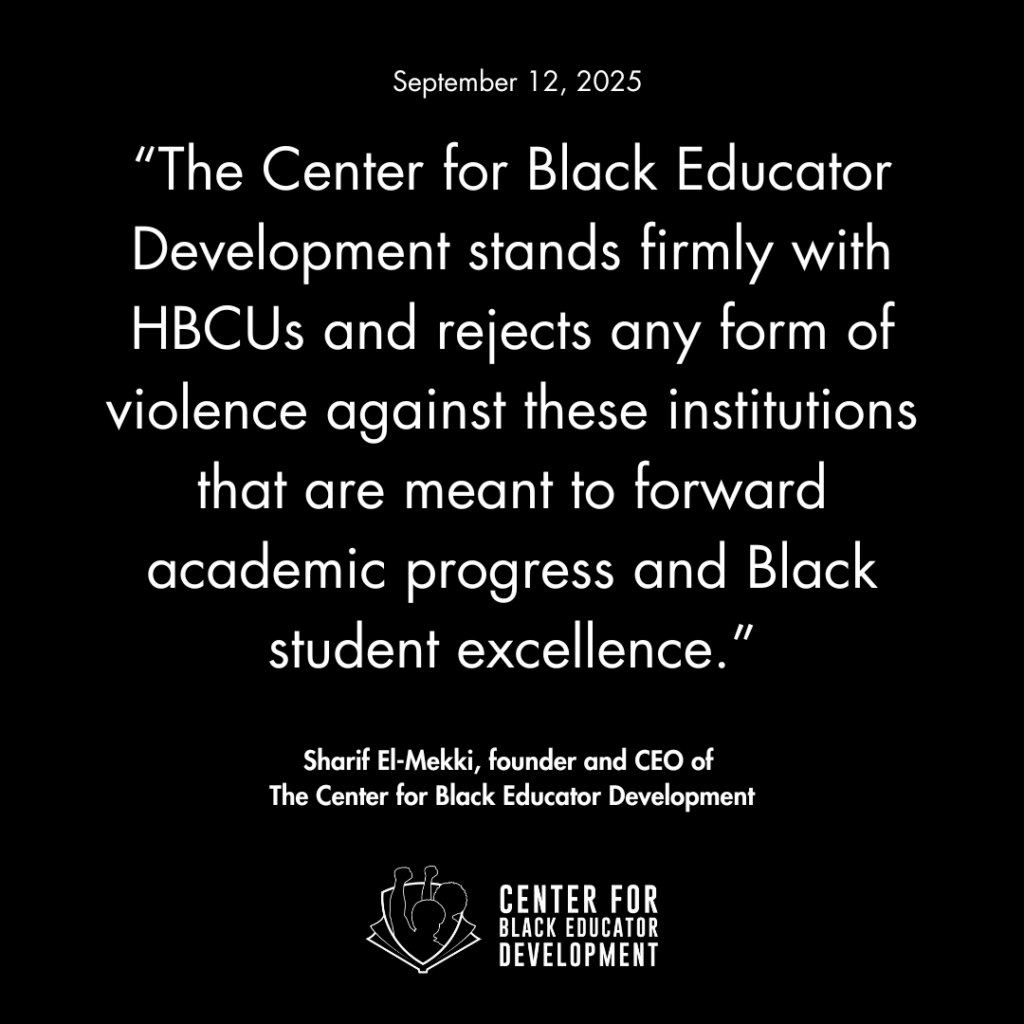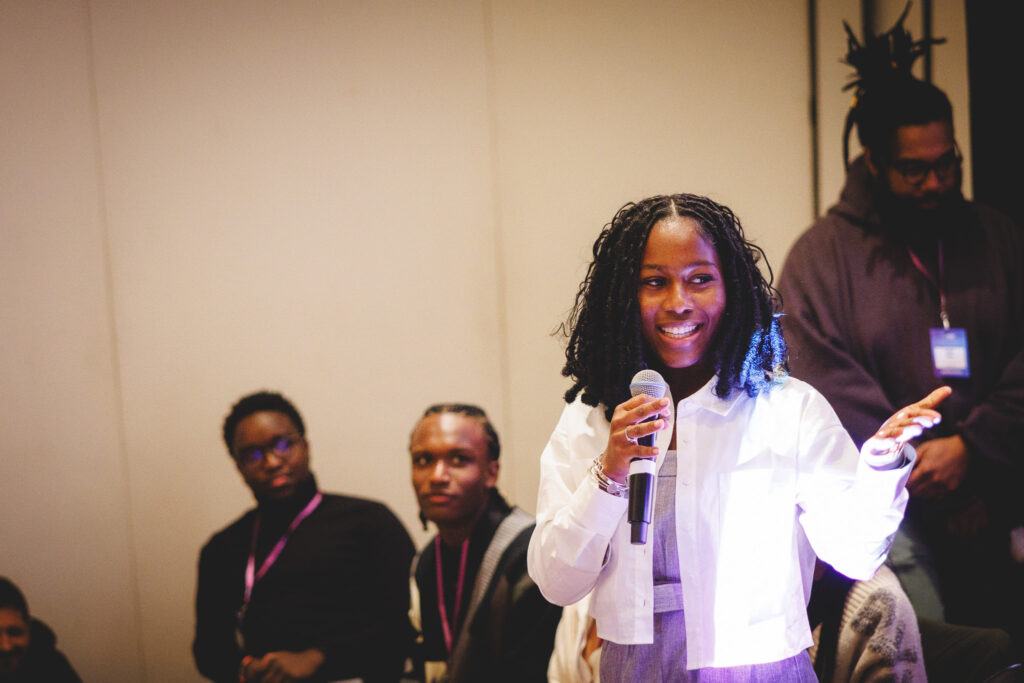We must remove barriers that keep teachers away from our profession and encourage a diverse workforce
Keeping teachers of color in classrooms requires a hard look at the state and district policies that work against them
by SHARIF EL-MEKKI for THE HECHINGER REPORT
July 3, 2023
The Hechinger Report is a national nonprofit newsroom that reports on one topic: education. Sign up for our weekly newsletters to get stories like this delivered directly to your inbox.
Schools can’t afford to lose teachers of color. And with public schools struggling to fill teacher vacancies with qualified educators, district and school leaders can’t afford to lose any more teachers, period.
Today, less than one in five teachers identify as Black, Hispanic or Asian American amidst an increasingly diverse student population. It is time to take a hard look at the policies that keep our diverse students from learning from teachers who look like them.
At the start of my teaching career, I was the only full-time, Black, male classroom teacher for a predominately Black student population in a southwest Philadelphia middle school. I knew that my students connected with my lessons and learned more by being able to see themselves in both the content taught and the teacher delivering it.
Yet, despite the gains I made with my students, despite research that shows the substantial positive impact of teachers of color on all students, despite the fact that having just one Black teacher in elementary school makes a Black child 13 percent more likely to go to college, my career nearly ended shortly after it began.
My district’s seniority-based layoff policy resulted in my being given a termination notice two years into my teaching career. My principal had poured time and resources into my development and career through coaching and mentoring opportunities. I had built strong relationships with my students and community. But our student enrollment had fallen, layoffs needed to happen and I didn’t have seniority.
Had I not had agency and voice, had my lived experiences as a Black man from west Philadelphia teaching in a Philadelphia school not been respected and valued, had my principal and community not fought to keep me, I am sure I would be elsewhere.
Related: Schools can’t afford to lose any more Black male educators
Though nearly 30 years have now passed since that experience, teachers of color continue to be sorely underrepresented in the teaching workforce. The majority of states and districts then and now use seniority as the sole criteria for making layoff decisions. This creates an environment that poses a serious threat to efforts to diversify the teaching workforce.
A recent report from national education organizations Educators for Excellence and TNTP found that, because of states’ and districts’ recent, yet welcome, prioritization of hiring teachers of color, these teachers are more likely to be in the first, second or third years of their careers than their white peers. This means that in most states, where teacher layoff decisions must be based on seniority or are left up to the districts — many of which include seniority as the primary factor for layoffs in their collective bargaining agreements — teachers of color are more likely to be let go than white teachers.
When teachers of color are laid off due to seniority-based policies, the impacts are far more than fiscal.
When teachers of color are laid off due to seniority-based policies, the impacts are far more than fiscal. Many students and families lose trust in the schools due to turnover and a lack of stability. Teachers lose confidence in their abilities and may leave the profession as a whole. And communities suffer across generations.
With only 14 percent of teachers certain that they would recommend the profession to others, districts and states and superintendents and principals are already struggling to find quality applicants. These struggles are more prevalent in schools that traditionally serve students of color and those from low-income backgrounds. Many experts attribute the declining applicant pool to low salaries, a lack of respect and lack of autonomy.
Though schools and districts across the country are facing significant teacher shortages, a number of factors, such as student enrollment declines, the coming expiration of federal Covid-19 relief funds and a looming fiscal cliff, could easily spark teacher layoffs in the coming months.
States and districts need to reexamine their layoff policies so that teachers’ effectiveness, and not just seniority, can be considered. Principals and school leaders need professional development so that they can better advocate for their teachers and students.
Districts not making layoffs need to do more to recruit and hire teachers of color. And once teachers of color are in the classroom, they need to be allowed to access and use instructional materials that foster essential discussions about culture, race and equity.
Related: OPINION: Black male teachers were my father figures. They changed my life, and we need more of them
I think about where I would be if I didn’t have the support of my colleagues, mentors and leadership team and had instead left the profession. I think of my former students and the respectful and rigorous reading and writing, debates and discussions that we had in the classroom. I think of my former students who brought their own children to the middle/high school I would later lead as a principal. I think of how those 16 years as a principal elevated my own leadership skills and helped me found and lead the Center for Black Educator Development. I think of how generations of students have been able to participate in important discussions and learning opportunities.
None of these were things I would have experienced if I had been like most 21-year-old teachers handed a pink slip. Without an advocate who fought to save my position, I would have left the profession and, probably, gone to law school as I had originally planned.
There are so many barriers that teachers of color face when it comes to their recruitment and retention. If these barriers are left unaddressed and the country’s education system remains antiquated and untouched, schools will lose these amazing teachers to other professions, and students will lose out on the chance to learn from them and expand their worldviews.
Sharif El-Mekki is chief executive officer for the Center for Black Educator Development in Philadelphia, founder of The Fellowship: Black Male Educators for Social Justice, and a leading contributor to the Philly’s 7th Ward blog.
This story about teachers of color was produced by The Hechinger Report, a nonprofit, independent news organization focused on inequality and innovation in education. Sign up for Hechinger’s newsletter.


